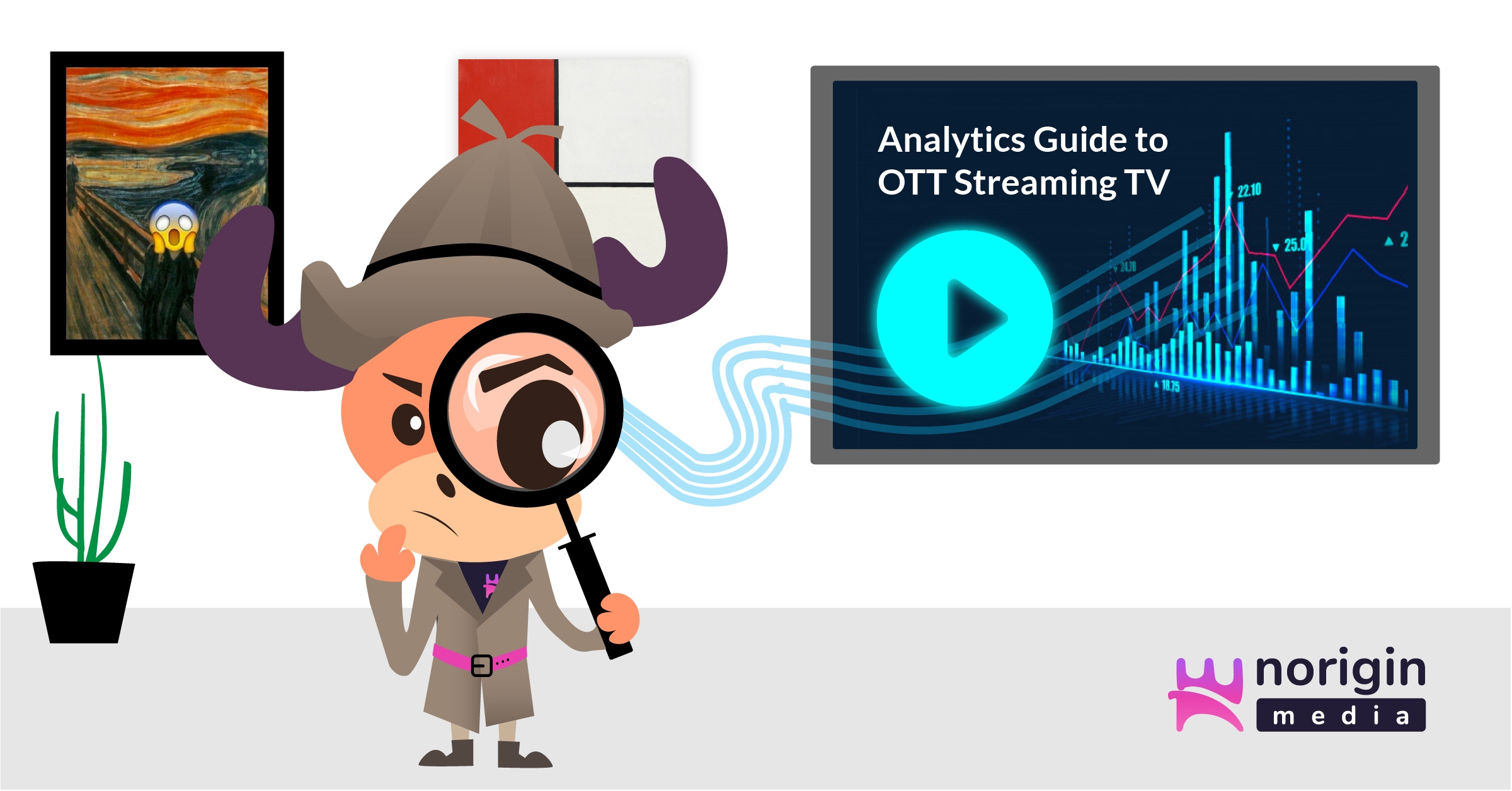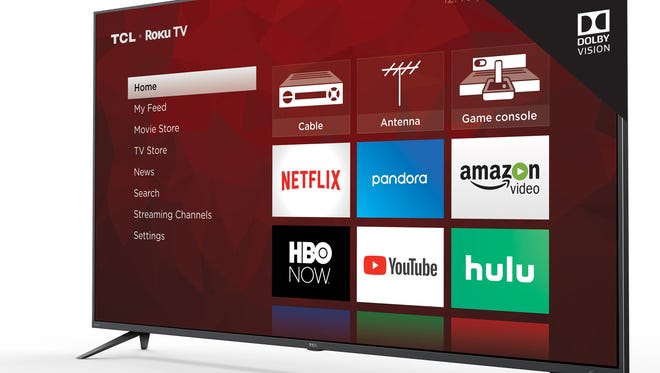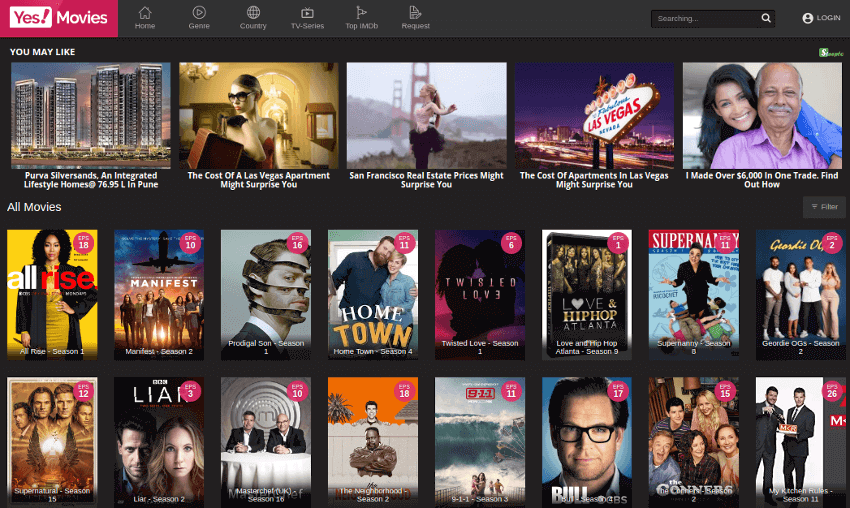
Streaming media is a type of multimedia that is delivered continuously from a source. Instead of downloading large files, streaming media uses your Internet connection to play media titles. The Internet allows users to interact with one another through streaming. This article discusses the benefits of streaming media and where you can find it.
Streaming media is multimedia that is delivered in a continuous manner from a source
Streaming media is multimedia that is continuously delivered from a source to an end user, typically in a continuous process over the internet. These files are digitally encoded and transmitted from a source to an end user’s computer or mobile device. They may be audio or video, or both.
The streaming media process begins by compressing the video and audio streams. Several popular video coding formats are used for streaming, including H.264, HEVC, VP8, and VC9. Once compressed, these streams are assembled into a container called a “bitstream” that is delivered to a streaming client. The bitstream is typically delivered using HTTP or a similar transport protocol.
Streaming media has several advantages over other formats of multimedia delivery. It reduces storage requirements and provides a faster experience. In addition, streaming media can reduce data storage requirements. One of these benefits is that streaming can be used for many applications. Many companies and governments have already made the transition to streaming, including streaming TV and video.
Streaming media presents a host of new marketing opportunities. According to Pew Research Center, a majority of young adults watch TV online. Among these viewers, streaming is the preferred method of viewing television. Netflix, for example, has over 20 million subscribers. The service offers a variety of HD titles. Streaming media is also a source of news for half of US adults.
Streaming media has a few drawbacks. First of all, it requires a lot of bandwidth to download large files. This can cause buffering, so streaming media players must automatically adjust to the bandwidth of a connection. A modern fiber broadband connection has 1000 times the bandwidth of a dialup connection. As a result, people today download much larger files than in the past.
Streaming media is a type of multimedia that is delivered in a continuous manner through a network. Unlike downloads, streaming media requires a special server to enable it. Once a user accesses the streaming media site, they will be directed to the streaming server. The server then sends them the file that they have requested.
It is an alternative to file downloading
Streaming media is an alternative to file-downloading for a number of reasons. First, it is more convenient to use, especially when your connection is slow. Secondly, you can delete the media files after playing them. In addition, it does not consume much storage space on your device. Lastly, streaming media does not entail the same licensing requirements as downloading media. However, you should be aware of the storage capacity of your portable device and battery life.
Streaming media is available in a variety of formats and can be used to view a vast selection of content. It also allows you to access content on demand, and even enjoy interactive features. It can also be customized according to your preferences. Some streaming services, or content providers, also monitor the content you consume and may make recommendations.
Another benefit of streaming is that it does not require a high-speed internet connection. Streaming media is often free to use, though some streaming services do charge a subscription fee. You can also watch TV shows, music, games, or movies on your PC or mobile device.
The main advantage of streaming is that you don’t need to download the entire file. Streaming media files are sent in a constant stream of data and are played as they are transmitted. Moreover, you can pause, fast-forward, or rewind while you listen to the content. In addition to being free, streaming media also offers the convenience of watching a video live.
Streaming media files are played within a browser on the client’s device. A browser’s audio or video player interprets the data packets from the streaming service and plays the media for you. You can delete the files if you don’t want to keep them.
It is a way to communicate with one another
Streaming media is a form of communication through the Internet that allows people to simultaneously receive and deliver data. The provider of the streaming media sends data packets that the user then unpacks and consumes. This method relies on standardized transmission protocols and file compression. Users of streaming media gain access to the content by connecting to a web-based service or by using a variety of multimedia devices. Streaming media files are deleted after consumption and are not permanently stored on a user’s computer.
Businesses can use streaming media to improve internal and remote team communication. Live video can mimic the feel of face-to-face meetings. For example, Microsoft Teams and Pexip enable businesses to broadcast video and hold virtual events. These solutions are a great way to communicate with clients, educate internal teams, and improve lead generation efforts.
Streaming media services provide on-demand access to massive content databases for a fixed subscription fee. These services also feature advertisements, which allow users to generate revenue. This type of service is available on most internet-connected devices, such as tablets and smartphones. Streaming media services are complex networks that include many actors.
In addition to understanding streaming media usage, researchers can explore interpersonal skills and language used by streaming viewers. For example, questions such as how long viewers spend watching a stream can help understand interpersonal skills. Further research questions can also include questions about whether viewers are able to form bonds and establish connections with other viewers.
In addition to fostering social bonds, streaming media also fosters a sense of community among viewers. This is reinforced by social bonds between community members and the co-experience of watching their favorite streamer. Streamers can be seen cheering and sharing their fandom with their online community.



